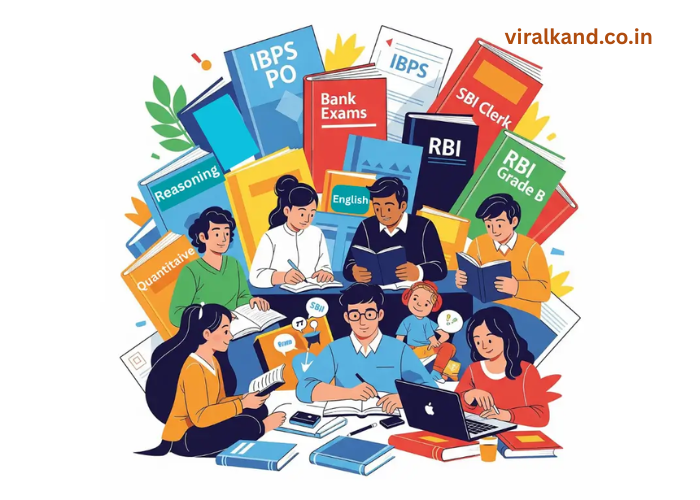You don’t fill a proposal form with your dinner plate, but what’s on that plate can influence the health markers insurers pay attention to. No single dish decides a premium. Underwriting looks at the big picture, age, medical history, lifestyle, and the numbers your reports throw up. Still, regular patterns in everyday eating can nudge those numbers in the wrong direction, and that’s where the quiet link to health insurance pricing begins.
If you’re weighing the best health insurance in India or comparing health insurance plans for the family, it pays to understand how food habits feed into the risk story behind any mediclaim policy or broader medical insurance.
The Real Relationship Between Food And Premiums
Insurers typically consider indicators such as blood pressure, lipids, sugar control, BMI, and declared conditions. Diet doesn’t appear as a checkbox, yet it can shape those very indicators over time. The idea here isn’t blame; it’s awareness.
When you know which foods are easy to overdo, you can tune quantity, frequency, and cooking style, without turning every meal into homework. That quiet tuning is often what keeps your parents health insurance journey calmer at proposals, renewals, and claims.
Deep-Fried Street Snacks and Festive Favourites
Crunch is addictive, for good reason. Many beloved snacks are deep-fried and often prepared in repeated hot oil. Regularly leaning on these for tea-time or late-night hunger can work against the health metrics that underwriting pays attention to.
- Frequent deep-frying concentrates fats that are unkind to heart and metabolic markers.
- Reheating oil in home or street setups may worsen the quality of fat.
- Large portions at odd hours stack the impact further.
You don’t have to cut out crunch; you just need to keep it special rather than routine. That alone can help the story your reports tell when you evaluate the best health insurance options.
Sugar-Heavy Sweets And Everyday Desserts
Celebrations are part of life, and sweets are part of celebrations. The trouble starts when a treat becomes a habit, after-lunch desserts, late-night mithai, or syrupy bites at the desk.
- Regular sugar spikes can reflect in long-term blood sugar trends.
- Coupling sweets with inactivity (desk time, post-dinner TV) compounds the effect.
- “Hidden” sugars sneak into premixes and café-style drinks even when you aren’t holding a sweet box.
A calmer relationship with dessert helps keep lab numbers less dramatic when you’re shopping for the best health insurance in India or porting a mediclaim policy.
Refined-Flour Staples And Snackable Breads
Maida-based foods deliver comfort and speed. Parathas made with refined flour, bakery buns, and quick bites wrapped in soft white bread slide easily into the daily routine.
- Refined flours digest quickly and can encourage overeating.
- Pairing these with rich spreads or fried fillings ups the load.
- Habitually replacing whole grains with refined options can tilt weight and lipid profiles.
The goal isn’t to outlaw a favourite roll; it’s to make refined-flour staples the exception, not the base layer of every day. That small pivot supports the numbers behind your medical insurance underwriting.
Salt-Heavy Pickles, Papads, And Savoury Add-Ons
Pickle, papad, namkeen—small in size, big on impact. They ride shotgun with lunch, join the evening snack, and sometimes substitute for a missing sabzi.
- Salty sides can nudge blood pressure upwards when they move from occasional to daily.
- Many are fried or roasted with added fats, multiplying the punch.
- Because portions look tiny, it’s easy to underestimate the total hit across a week.
Mindful use of these flavour boosters keeps meals joyful while giving blood pressure a friendlier runway, useful when you’re reviewing health insurance plans or renewing a long-held mediclaim policy.
Cream-Rich Gravies, Butter-Laden Finishes, And Ghee-Forward Meals
A glossy tadka or a buttery finish delivers restaurant-style satisfaction at home. The challenge is frequency. When rich gravies and ghee-forward meals become the default rather than the occasional highlight, health markers often follow suit.
- Saturated-fat-heavy meals can influence lipid profiles over time.
- Large dinner portions close to bedtime are especially unhelpful.
- Pairing rich mains with refined-flour breads multiplies the load.
Keep the pleasure, dial down the repetition. That balance supports a smoother experience with health insurance forms and health checks.
Why This Matters When You Compare Plans
Whether you’re shortlisting the best health insurance for an individual or mapping the best health insurance in India for a family, underwriting and renewals are easier when your routine nudges your numbers in the right direction. A few reasons:
- Proposals often include medical tests; calmer reports reduce back-and-forth.
- Renewals feel simpler when there are fewer new disclosures.
- If you ever switch medical insurance, continuity and portability tend to be smoother with stable health indicators.
In other words, your plate can indirectly influence your policy experience, less drama at the hospital desk and less paperwork stress.
Linking Food Choices to the Insurance Decision
As you compare options, fold your routine into the decision:
- Room Eligibility And Networks: If you dine out late and travel often, proximity to cashless hospitals matters more than you think.
- Add-Ons You’ll Use: If your routine includes frequent consultations or tests, consider covers that recognise outpatient touchpoints.
- Top-Ups And Deductibles: A smart mix can control premium drift without hollowing out protection.
- Disclosure Discipline: Be accurate and complete; clarity today prevents friction tomorrow.
This is how you move towards your version of the best health insurance, not by chasing labels, but by matching a plan to real life.
Conclusion
Shocking headlines grab attention, but steady choices do the saving. Keep the beloved dishes on the table, less often, in friendlier portions, with smarter cooking. That’s how you enjoy your plate and keep your health insurance journey uneventful. When the time comes to compare health insurance plans, you’ll find the process clearer, the results calmer, and the focus right where it should be: protection that feels dependable when you need it most.





